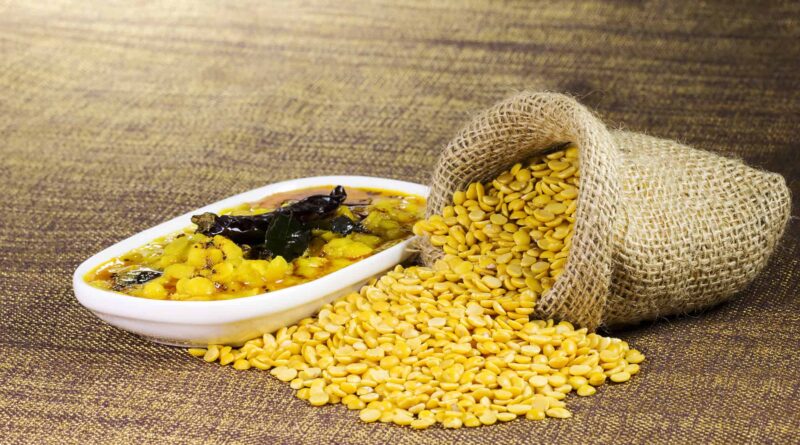Higher tur dal prices inflate govt’s purchase cost; mandi prices close to 50% above MSP
By Sandip Das
With mandi prices of tur dal ruling close to 50% above the minimum support price (MSP) of Rs 7000/quintal, the government agencies are struggling to purchase the pulse variety under the direct procurement from farmers at market prices aimed at building a buffer of one million tonne (MT).
Sources told FE that agencies such as farmers’ cooperative Nafed and National Cooperative Consumers Federation (NCCF) have purchased only 20,000 tonne of tur dar from farmers so far since the government launched purchase of pulses above the MSP through a ‘dynamic price’ formula earlier this year.
The trader said despite the government agencies willing to buy pulses at market prices from farmers, it would be difficult to procure in large quantities for the buffer as the market is giving a better price. The government wants to build a buffer which can be used for marketing intervention programmes for curbing rise in prices.
Trade sources said the arrivals of tur dal have already peaked and mandi prices are ruling around Rs 10,400/quintal, 48% above the MSP. “The arrivals will continue for another month and farmers are also holding on to stocks in anticipation of higher prices,” a leading trader of the pulses from Maharashtra told FE.
Officials said that there has been a significant mismatch between demand and supply of tur dal thus driving the prices up. Tur (pigeon pea) output in the 2023-24 crop year (July-June) is estimated at 3.33 MT, marginally lower than the previous crop year.
Despite 0.77 MT of imports in 2023, average retail prices of tur as per the department of consumer affairs of have been ruling Rs 160/kg since the beginning of the year. The retail tur price is highest amongst all the pulses variety.
The total pulses production in the 2022-23 crop year was 26.05 MT. The consumption is estimated around 28 MT annually. However, in terms of production and consumption of pulses varieties – tur, urad and masoor, ‘there is a slight mismatch,’, sources said.
The government has adopted a consistent policy on imports by putting three varieties of pulses – tur, urad and masoor (lentils) under zero-duty import duty regime till March, 2025 so that farmers in those countries can make decisions to grow pulses well in advance.
Currently to diversify its import dependence for pulses on a few countries, India is also exploring the possibility of growing pulses, especially tur and urad in Brazil and Argentina to boost domestic supplies.
India has signed an MoUs with Mozambique for the import of 0.2 MT of tur annually for five years when the retail prices of tur skyrocketed to Rs 200 kg in 2016. This MoU was extended for another five years in September, 2021.
In 2021, India entered into MoUs with Malawi and Myanmar for the import of 50,000 tonne and 0.1 MT of tur per annum, respectively, till 2025.
While retail inflation in pulses and products category was 18.9% in February, 2024, price rise in tur variety of pulses reported at 36.82% on year. Inflation in tur dal has been double digit since December, 2022 and price rise was at a record 42.4% in December, 2023 on year.
This article has been republished from The Financial Express.

